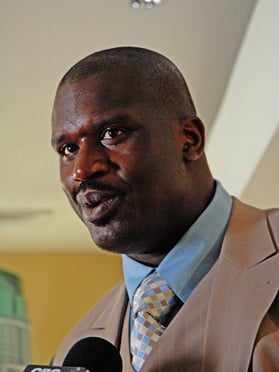Law.com Subscribers SAVE 30%
Call 855-808-4530 or email [email protected] to receive your discount on a new subscription.
The Practice Group and the Financial Collaborative Divorce
It is important to understand that working with a divorce financial analyst in the collaborative divorce setting requires all professionals involved in the case to develop trust relationships and teamwork skills that have no place in a divorce lawyer's ordinary practice. The locus for developing these relationships and skills is the practice group. Practice groups are spontaneous organizations of collaborative lawyers, financial professionals and mental health professionals who work in the same geographic region and expect to work together on cases. (In some communities, members will sign formal collaborative participation agreements only with other professionals who are actively involved as members in the local practice group.) In the practice group, trust relationships are built, documents and protocols for practice are devised and kept updated, professional development activities are sponsored, and public education campaigns are implemented. Practice groups can be found everywhere that collaborative divorce practice is found.
The practice group helps lawyers and divorce financial analysts to avoid common pitfalls associated with lack of definition or inconsistent assumptions about how the work will proceed. Each completed collaborative team case provides a wealth of knowledge about what worked well and what did not ' information that can be shared in the practice group not only among the lawyers and divorce financial analyst who worked on that case, but with the larger community of colleagues who will work together on other cases in the future. A smoothly functioning interdisciplinary collaborative practice group can facilitate case debriefing that enhances members' shared understanding of the groundwork required for lawyers and divorce financial analysts to function as a smooth professional team on collaborative cases.

Bankruptcy Sales: Finding a Diamond In the Rough
There is no efficient market for the sale of bankruptcy assets. Inefficient markets yield a transactional drag, potentially dampening the ability of debtors and trustees to maximize value for creditors. This article identifies ways in which investors may more easily discover bankruptcy asset sales.

Judge Rules Shaquille O'Neal Will Face Securities Lawsuit for Promotion, Sale of NFTs
A federal district court in Miami, FL, has ruled that former National Basketball Association star Shaquille O'Neal will have to face a lawsuit over his promotion of unregistered securities in the form of cryptocurrency tokens and that he was a "seller" of these unregistered securities.

Blockchain Domains: New Developments for Brand Owners
Blockchain domain names offer decentralized alternatives to traditional DNS-based domain names, promising enhanced security, privacy and censorship resistance. However, these benefits come with significant challenges, particularly for brand owners seeking to protect their trademarks in these new digital spaces.

Why So Many Great Lawyers Stink at Business Development and What Law Firms Are Doing About It
Why is it that those who are best skilled at advocating for others are ill-equipped at advocating for their own skills and what to do about it?

Coverage Issues Stemming from Dry Cleaner Contamination Suits
In recent years, there has been a growing number of dry cleaners claiming to be "organic," "green," or "eco-friendly." While that may be true with respect to some, many dry cleaners continue to use a cleaning method involving the use of a solvent called perchloroethylene, commonly known as perc. And, there seems to be an increasing number of lawsuits stemming from environmental problems associated with historic dry cleaning operations utilizing this chemical.

